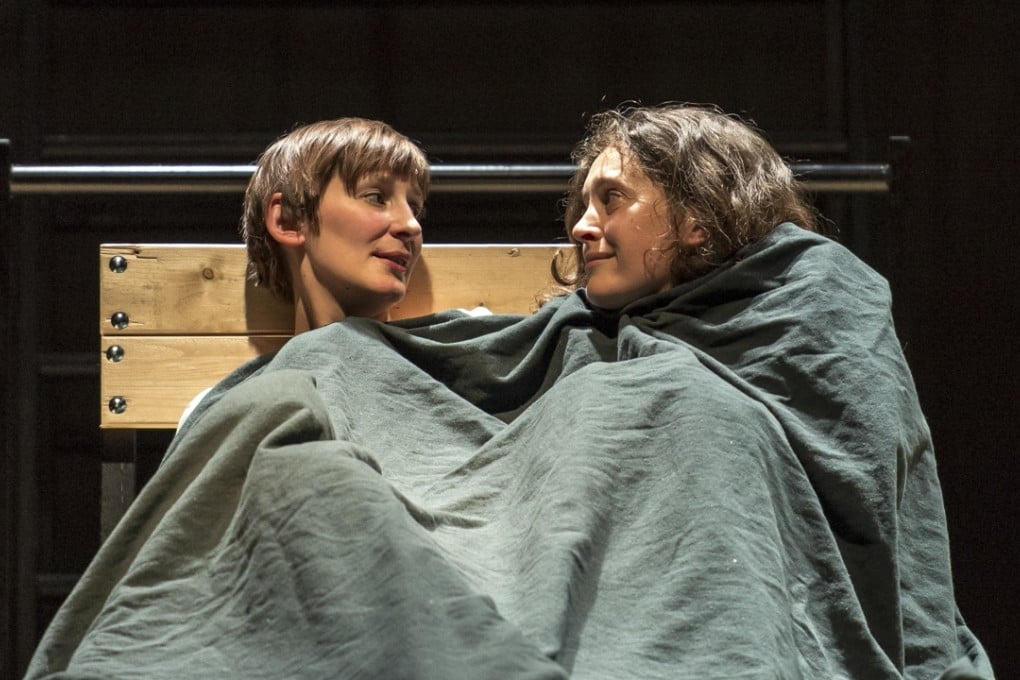Hong Kong-bound production of Jane Eyre finds the right voices
Bristol Old Vic's adaptation of the Gothic romance one of the highlights of this year's Hong Kong Arts Festival

Soon after Charlotte Brontë saw her first book, Jane Eyre, published to great acclaim in 1847, she wrote to a friend about something that was troubling her.
She had not, she confessed, served the character of Bertha, the mad woman in the attic, very well. She had made her a monster, instead of a real person with real concerns and feelings.
“It made me certain that I wanted to make up for that,” says Sally Cookson, whose thrilling new version of Jane Eyre for the Bristol Old Vic theatre in the UK will be performed here next week as part of the Hong Kong Arts Festival.

So she cast jazz and musical singer Melanie Marshall in an extraordinary role that makes the mad woman in the attic one of the voices in Jane Eyre’s own head, as well as letting her express her own pain and relationship with the story.
SEE ALSO: From circus to Shakespeare: Hong Kong Arts Festival 2016 line-up announced
Jane Eyre is the story of an orphan who is sent to a charity school and later takes a job as a governess in a remote house in Yorkshire. When she meets the difficult, but somehow attractive master of the house, Edward Rochester, she finds herself falling for him. But all the time she is troubled by strange sounds coming from the attic. And nobody will tell her what is happening.